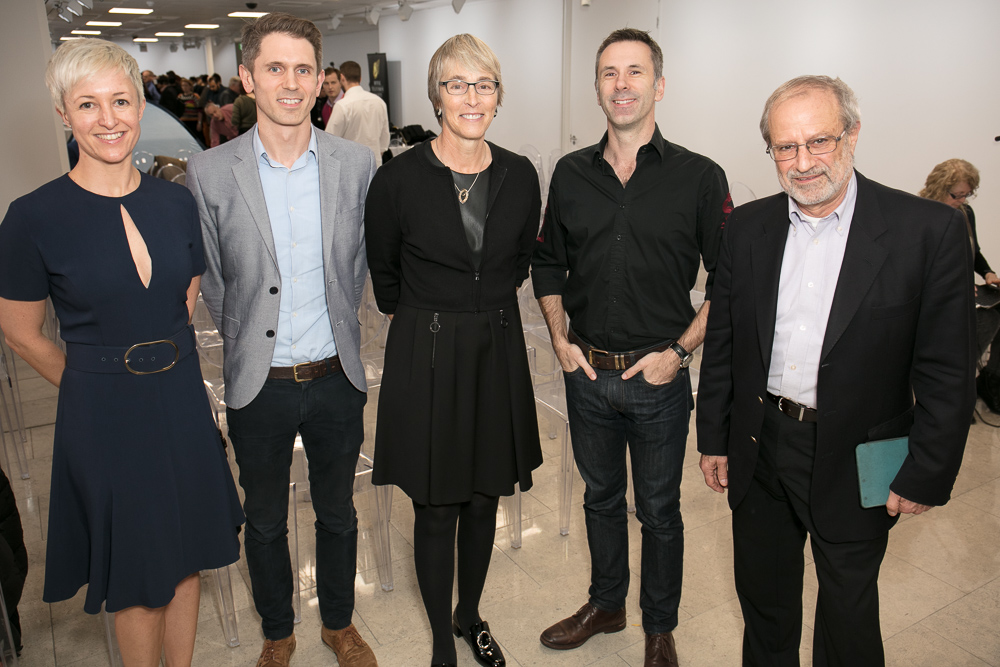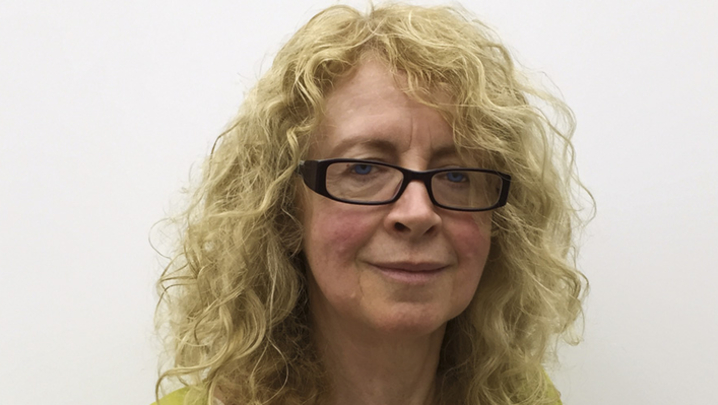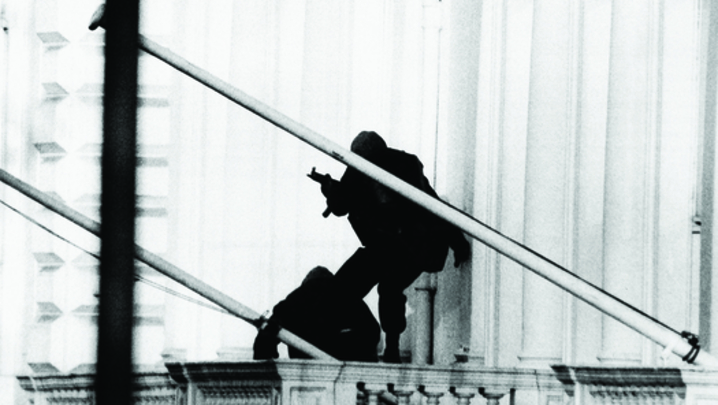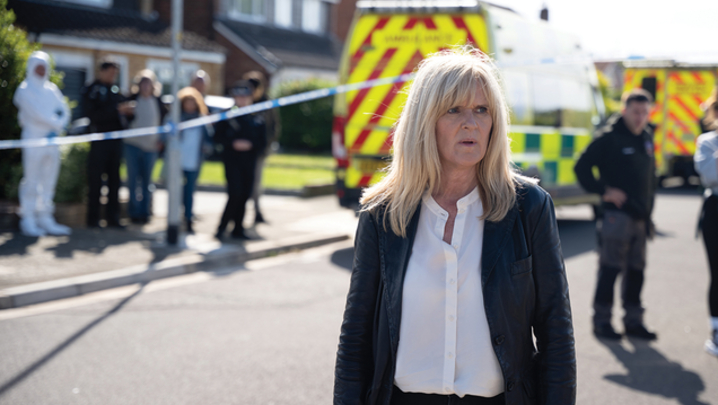Can 360° content defy the sceptics and bring a new, sustainable dimension to storytelling on TV? Matthew Bell dons a headset and finds out
The latest virtual-reality headsets and gadgets battled for space with a bumper audience at the RTS early-evening event on virtual reality and 360° technology earlier this month.
Kit from some of the leading innovators in virtual reality was available for the audience to test in a “playroom”, before and after a panel of experts discussed the consumer appeal of this new technology.
Introducing the event, journalist Kate Bulkley said: “There’s a lot of money and ambition chasing virtual reality and 360° at the moment, which is very exciting.” Some media commentators had predicted that VR would grow to become an $80bn industry by 2025, she continued.
It wouldn’t be the first time, however, that the industry had backed the wrong horse. The advent of 3D television was greeted with similar wild enthusiasm but never completed the course (see box, right).
Is virtual reality headed for the knacker’s yard or is TV on to a winner?
Ken Blakeslee, Chair of consultancy WebMobility Ventures, admitted that he had only started to “take virtual reality seriously about a year and a half ago”. Until that point, “[the motion] made me sick and the content was glib”, he said.
He thanked the games industry for being the “cash cow” that has funded the development of VR technology over the past decade or so.
As a result, he argued, short-form virtual-reality “stuff is now being shot that is [truly] immersive”.
But much of the content, Blakeslee admitted, is poor: “You look at YouTube and most of the videos are rubbish, but there is some good [work] and new [virtual-reality] storytellers are being born.”
Addressing the TV producers in the audience, Blakeslee advised them to “embrace [virtual reality] but don’t think it’s right for everything”.
Both the BBC and Sky News filmed the Calais refugee camp in 360° video, which Blakeslee said was a highly effective use of VR technology.
Sky has been busy creating virtual-reality content, across all the broadcaster’s programme genres, in its Sky VR Studio, which opened earlier this year. In sport, the studio has produced virtual-reality shorts to support its Formula One coverage and a film about British heavyweight boxer Anthony Joshua.
"Shooting a VR scene is actually a lot easier than normal TV [though] you have to get it right in one take."
Sport and virtual reality were a natural fit but, suggested Bulkley, using the new technology in drama was a trickier proposition.
“Drama’s a longer burn than sport,” admitted Sky VR executive producer Neil Graham, who runs Sky VR Studio. “It does have challenges but we have seen some tremendous footage.”
Sky saw its role as both a commissioner and distributor of virtual-reality content. “We felt that, if we were to commission and distribute content, we first had to learn how to make it,” recalled Graham.
He had been picking the brains of experienced virtual-reality creators and directors. Over the next two to three years, Sky was looking to commission “around 12 high-end, virtual-reality films”, he revealed.
Spencer Kelly, the main presenter of BBC technology magazine show Click, emphasised that he is “sold” on virtual reality: “The technology is there and it really does feel immersive.” But he added a caveat: “You have to film content differently.”
Kelly was speaking from experience. Earlier this year, Click filmed an episode of the show entirely in 360° video. “We wanted to see if we could make our normal 25-minute programme in virtual reality,” he said.
“Choose a great location” he advised, to grab the audience’s attention. “It’s an easy win if you can put the camera in an interesting place.” For Click, this involved shooting at the Large Hadron Collider near Geneva and in the Alps.
“The nature of virtual reality is that you park your traditional ways of making TV, where you cut between different shots every few seconds, or cut to a reaction shot or a close-up,” said Kelly. “You can’t do any of that because, if you’re wearing a [VR headset] and [the film] has 10 cuts in a minute, it will feel like your head is exploding.”
VR film-makers should imagine that they are filming in a theatre, rather than making telly: “It’s a long scene and you have to direct the audience to which part of the stage you want them to look at – that’s the trick with virtual reality.
“Shooting a scene is actually a lot easier than normal TV, because you choose a great location, put a camera up, hit record and do the scene. But you have to get it right in one take.”
Post-production is another matter. “All the work comes afterwards – when you stitch the image together,” said Kelly.

Paul Hampartsoumian)
Google is launching its new virtual-reality headset, Daydream, this month. The lightweight fabric headset, working with a small controller and a compatible smartphone, will offer mobile virtual reality.
It is a higher-tech version of Google Cardboard, the company’s first virtual-reality headset, which is made – as its name suggests – from cardboard.
Control is key, said Tamzin Taylor, who works in new business development for Google’s Android apps and games division: “Having an immersive experience with a comfortable headset is important, but giving the user control over their experience is the exciting part.”
Currently, virtual reality is niche broadcasting – but could it break out into the mainstream?
Taylor thought so, revealing that Google expects to have “tens of millions of Daydream devices on the market” by Christmas 2017. “The question is how you make the content compelling and refreshing enough so that people know they have to come back to your app to watch it again and again,” she said.
“Games are going to drive [virtual reality] – and porn will, if I’m honest,” said Kelly.
Echoing Blakeslee’s earlier comment, Kelly added that virtually reality would remain a niche until viewers could wear comfortable VR glasses, instead of today’s headsets.
Technology, agreed the panel, was developing rapidly. “Look at the number of patents out there for various different types of contact lenses and glasses” said Graham. “We’ll be laughing at the headsets that we’ve got at the moment in two or three years’ time.”
With the launch of the Sony PlayStation VR and Daydream in 2016 – and with an Apple virtual-reality device likely to follow at some point in the next couple of years – Graham argued that virtual reality was poised to grow fast.
Making money from VR, however, lies in the future. “Right now, where we are in virtual reality, we’ve no idea at what point it will be monetised, but we are confident in the technology, content and experience,” said Graham. “At the point at which the monetisation model becomes clear, we want to have been doing it for a long time so that we can get the content right.”
Will VR swim – or sink like 3D?
Television has form for promoting new technologies that do not live up to the hype. Journalist Kate Bulkley, who chaired the event, asked the panel whether virtual reality would fare any better than 3D TV. The latter had been much hyped by set manufacturers and some broadcasters, including Sky, before disappearing.
‘For 50 years, the industry has been trying to do 3D on a 2D screen and it just doesn’t work,’ said Ken Blakeslee from WebMobility Ventures. In contrast, he argued, virtual reality ‘has a big chance of taking off’.
Sounding a note of caution, Blakeslee added that the need to wear headsets to enter the VR world – like 3D’s ‘glasses problem’ – could put a brake on growth.
Sky VR executive producer Neil Graham was involved in the broadcaster’s early 3D experiments. He said: ‘I didn’t have the same feeling of excitement, immersion and emotional connection’ that he now got from a VR experience.
He argued that ‘3D was a layer on an existing form of content, whereas virtual reality is a whole new ecosystem that transports you to new places and gives you new experiences – they are completely different’.
Spencer Kelly, from BBC technology magazine show Click, said the programme had always been sceptical about the claims made for 3D: ‘We spent years going to tech expos and being told that 3D TVs were going to be the next big thing. We thought, “No, you’re lying – you’re just trying to sell more TVs”.’
Google’s Tamzin Taylor said that, unlike 3D, VR was cheap; Google’s new virtual reality headset, Daydream, was priced at just £69.
She also argued that the interactivity of virtual reality, which put the viewer at the heart of the action, gave it a significant advantage over 3D: ‘VR will give the user control over their experience and [allow] them to do more with the storytelling.’
The RTS early-evening event ‘Virtual reality and 360° storytelling’ was held on 1 November at The Hospital Club in central London, and produced by Terry Marsh.







